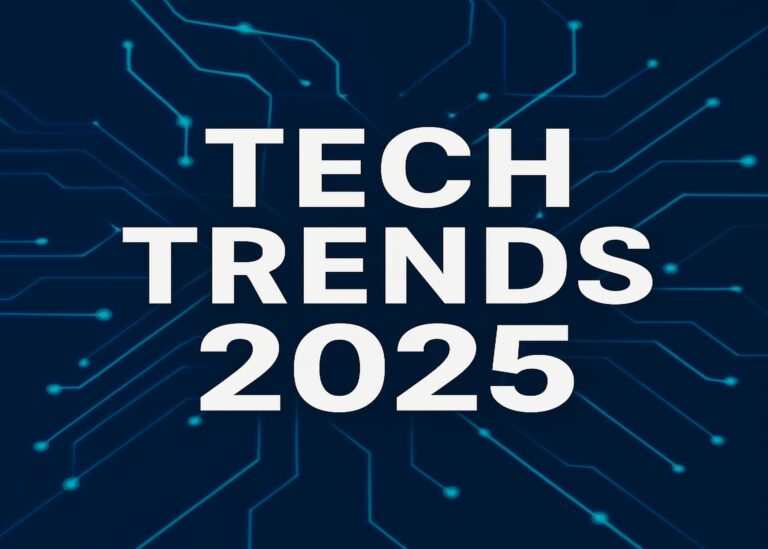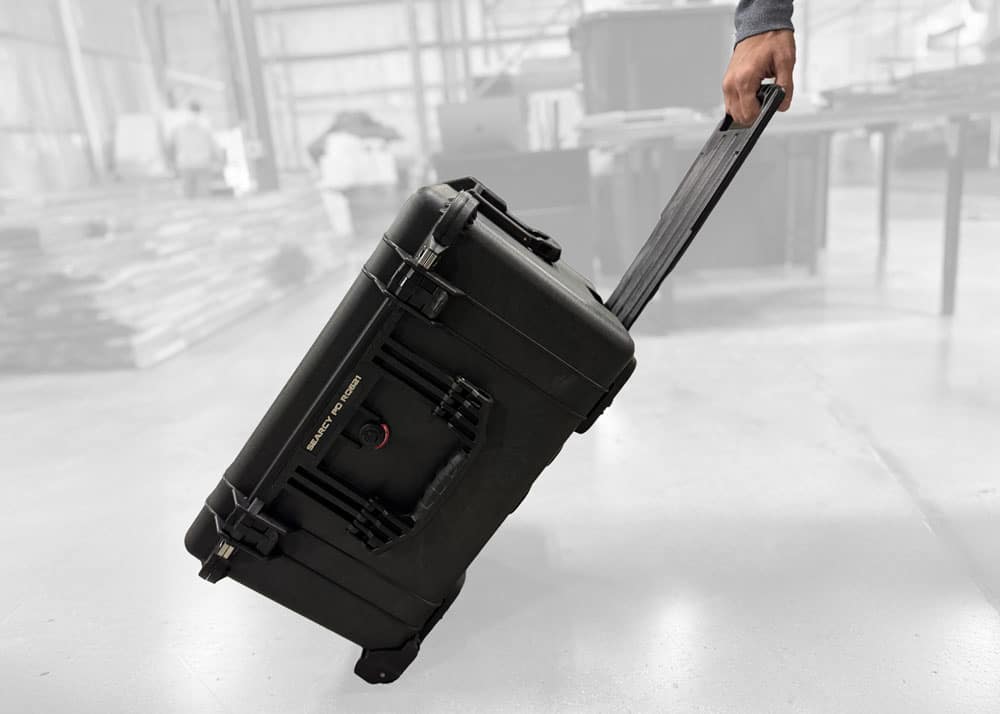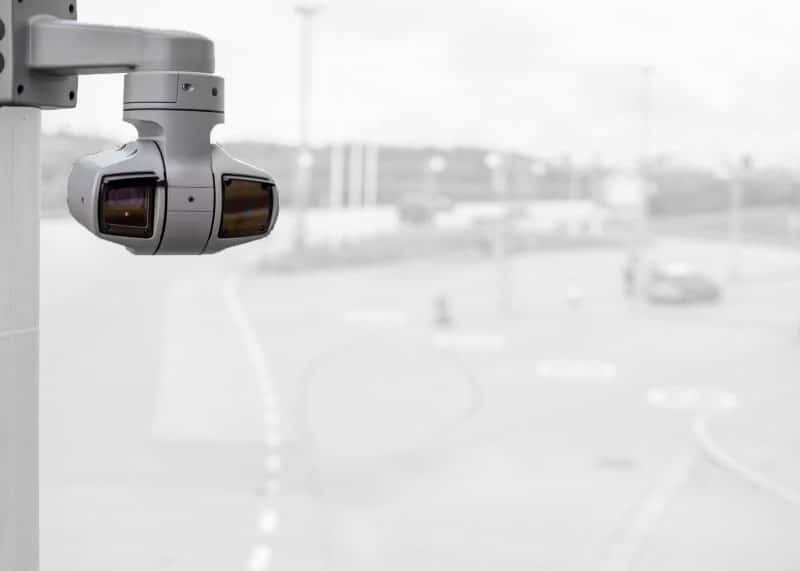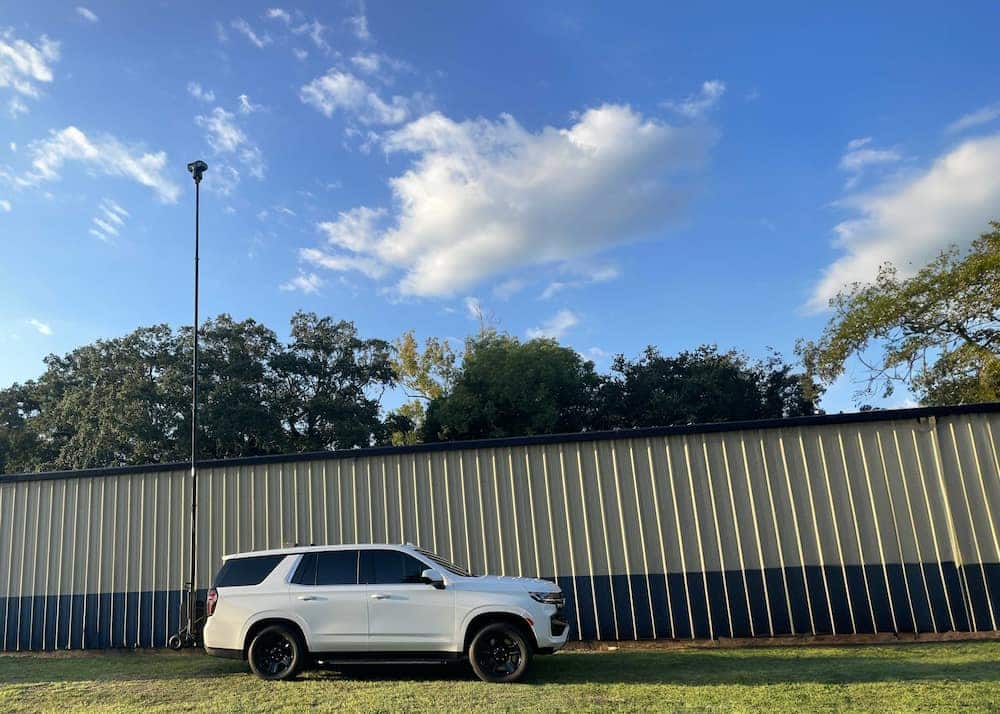Emerging Security Trends: What’s Ahead for Safety Professionals in 2025?
Security technology trends evolve quickly, and staying ahead is critical for safety and security professionals. As we move into 2025, several trends stand out, reshaping how security is managed by law enforcement, private security, military units, and emergency management teams. Here are seven key trends to watch:
1. Increased Use of Artificial Intelligence (AI) in Security Systems
AI continues to grow in importance within security systems. In 2025, expect AI to become essential for:
- Automated monitoring of security cameras
- Enhanced threat detection through real-time analytics
- Improving accuracy in identifying potential threats
This allows personnel to respond faster, focusing their attention on confirmed risks rather than spending valuable time analyzing footage manually.
AI technology also enables predictive analytics, which can foresee potential threats based on data patterns. For example, AI-powered software can recognize unusual behavior in crowds, alerting security personnel before a situation escalates.
Additionally, AI-driven facial recognition systems become more precise and reliable, reducing false alarms and ensuring resources are effectively allocated.
According to Statista, the AI cybersecurity market is expected to grow significantly, reaching nearly $134 billion by 2030, underscoring the vital role AI will play in future security strategies.
2. Cloud-Based Surveillance and Security Solutions
Cloud technology simplifies security management by making data easily accessible from any location. Key benefits include:
- Instant access to surveillance footage
- Easier sharing of critical data among different teams
- Reduced infrastructure and maintenance costs
Cloud solutions provide flexibility and scalability, letting security teams adapt quickly as their needs evolve.
Furthermore, cloud solutions enhance disaster recovery capabilities. In case of damage to physical hardware, important surveillance footage and data remain secure and accessible remotely.
Additionally, cloud-based platforms facilitate improved collaboration between multiple agencies or departments, streamlining incident response and improving overall effectiveness in crisis management scenarios.
3. Cybersecurity Integration in Physical Security Systems
As physical security systems become connected to networks, cybersecurity is increasingly important. In 2025, expect stronger cybersecurity measures integrated directly into security devices. Security personnel will see:
- Advanced encryption to protect sensitive data
- Continuous software updates to guard against threats
- Proactive threat monitoring to detect cyber-attacks before they happen
Combining cybersecurity with physical security ensures comprehensive protection.
This integrated approach also addresses vulnerabilities created by IoT (Internet of Things) devices, such as connected cameras and sensors, which have become common targets for cyberattacks.
Enhanced cybersecurity measures not only protect surveillance systems but also safeguard sensitive information about critical infrastructure and personnel, reducing the risk of breaches and maintaining operational continuity.
4. Adoption of Edge Computing in Security Technology
Edge computing involves processing data right where it’s collected, rather than sending it all to a central server. The advantages for security teams include:
- Faster data processing and decision-making
- Reduced bandwidth needs, saving on costs
- Improved reliability, especially in remote areas
With edge computing, surveillance systems provide immediate insights, helping teams respond promptly to incidents.
Edge computing also enhances the functionality of advanced technologies like real-time analytics and facial recognition by performing complex computations directly on-site. This reduces latency and allows for quicker identification of threats.
Additionally, edge solutions enable continued operation even during network outages, ensuring uninterrupted surveillance and reliable security coverage. According to Tech Marketing Café, edge computing systems provide resilience by maintaining functionality even when disconnected from centralized networks.
5. Privacy Protection Technology for Security Professionals
Balancing security with privacy concerns is crucial. Moving forward, privacy will be increasingly prioritized, with technologies such as:
- Video masking to protect personal identities
- Strict access controls on sensitive surveillance data
- Transparent processes that clearly communicate data usage
These measures build trust between security professionals and the communities they protect.
Additionally, regulations and policies around data privacy continue to evolve. Security teams must stay informed and compliant with laws like GDPR and CCPA, which mandate stringent data handling and privacy practices.
Implementing these standards not only protects privacy but also enhances community cooperation, which is crucial for effective security operations.
6. Sustainable Security Solutions and Eco-Friendly Practices
Sustainable and eco-friendly practices are becoming standard in security technology deployments. In 2025, you’ll see increased emphasis on:
- Energy-efficient devices, such as solar-powered cameras and sensors
- Recyclable and eco-friendly materials in security equipment
- Lower carbon footprints through smarter resource management
Integrating sustainability not only benefits the environment but also reduces operating costs over time.
Adopting sustainable technologies also aligns security operations with broader organizational goals around environmental responsibility. Renewable energy sources, like solar power, not only reduce reliance on traditional energy grids but also enhance resilience, especially during power outages or natural disasters.
According to the U.S. Department of Energy, solar energy systems can significantly improve resilience and reduce the impact of electrical outages. Communities like Babcock Ranch in Florida have successfully used solar power to maintain energy independence during hurricanes, demonstrating the practical benefits of renewable energy.
7. Growth of Mobile Surveillance Towers and Deployable Solutions
Mobile surveillance technology is becoming a standard part of modern security strategies. In 2025, the use of deployable, vehicle-mounted surveillance systems will continue to grow due to:
- Rapid deployment at events, emergencies, or remote areas
- Integration with real-time crime centers for faster situational awareness
- Reduced need for permanent infrastructure
These mobile solutions provide elevated camera views, flexible positioning, and real-time streaming. They are particularly useful for temporary deployments where fixed cameras aren’t feasible. Security teams are increasingly relying on mobile surveillance towers to support crowd monitoring, traffic control, and perimeter security without delay.
The ability to move surveillance systems where and when they’re needed enhances both tactical response and resource efficiency—key priorities for public safety teams.
Staying Informed on Emerging Security Trends
Keeping up with these security trends helps ensure your organization is prepared, proactive, and efficient. By embracing new technologies and best practices, security personnel can effectively tackle challenges, improve safety, and provide peace of mind to those they protect.
Staying informed and adaptable ensures security professionals remain ready to respond effectively to both current and emerging threats, fostering safer communities and more secure environments.
Interested in learning more or exploring innovative security solutions for your organization? Contact Critical Tech Solutions today to discover how we can help you stay ahead of the curve.







